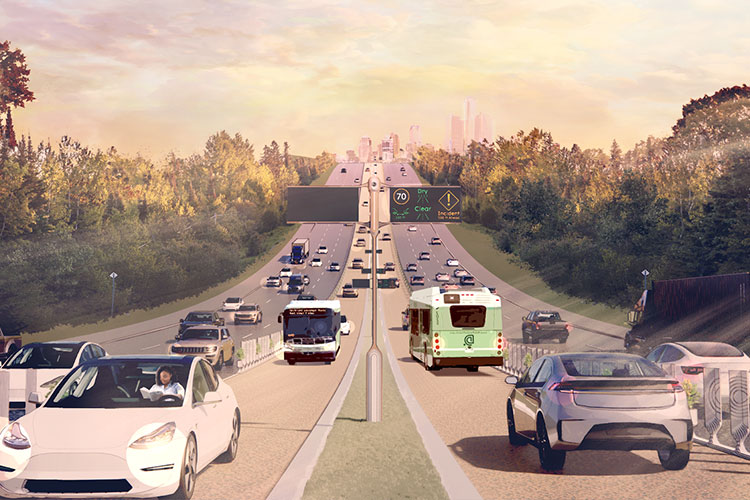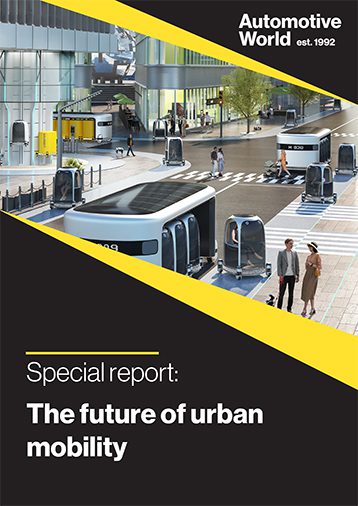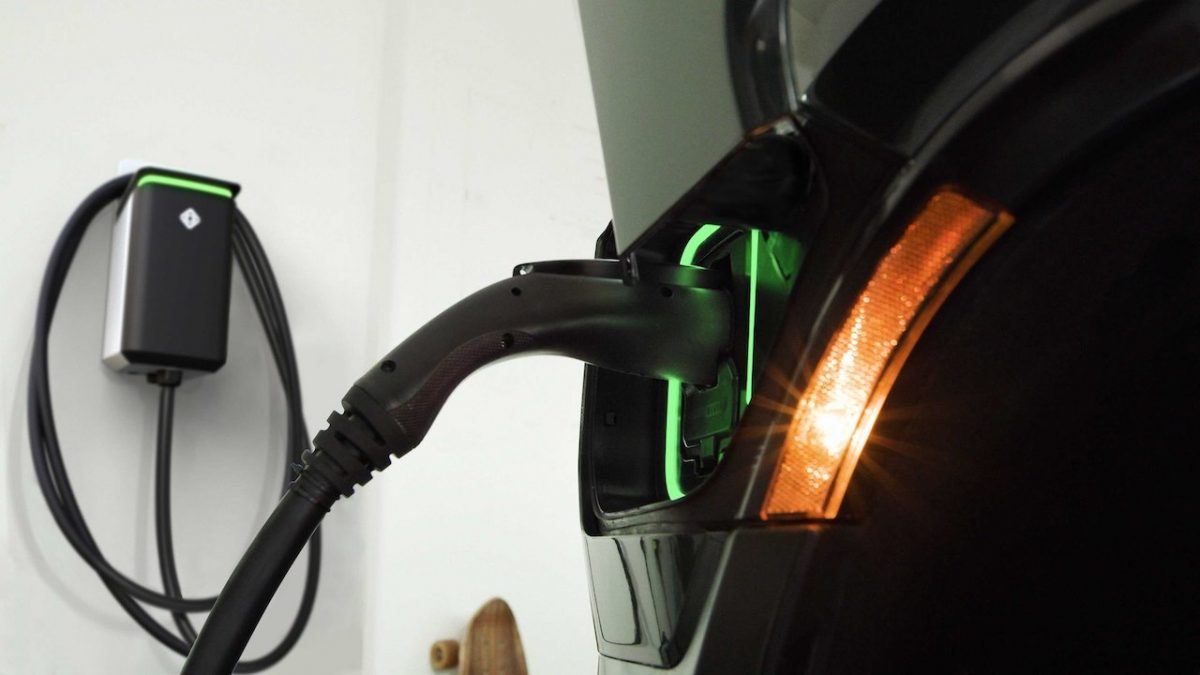CatScans, memory foam, artificial limbs and Dustbusters—these are just a few of the many advanced products and technologies that emerged from America’s efforts to get to the moon, and beyond. To get into space, scientists needed to develop advanced technologies—many of which also ended up fuelling other industries—and the same process is now at work in the realm of smart vehicles. The technologies that scientists will develop in order to enable vehicles to operate autonomously will have as much—if not more—impact on our lives as those space race-related inventions.
Ground zero for these advances in car technology is, as might be expected, Detroit, where the finishing touches are being placed on what will be America’s first ‘smart road’. It turns out that in order for advanced vehicles to move about in an orderly, efficient manner, especially in urban environments, they need a lot of support. Downloaded software and always-on connectivity (most likely using super-fast, near-zero latency 5G networks) will keep vehicles in touch with central servers, which will coordinate movement of vehicles to ensure maximum efficiency and safety.

But researchers have discovered that building a smart road infrastructure that can communicate with vehicles as they drive along can make management of vehicles and traffic much less complicated and much more reliable, avoiding communication problems that could result from communication outages, server overloads, and other issues. Smart cars really do need smart roads.
The Detroit initiative foresees a 40km (25 mile) ‘smart corridor‘ running between the city’s downtown and the suburban community of Ann Arbor. The project is being jointly managed and funded by a slew of organisations and companies, and is being managed by Cavnue, which specialises in smart road infrastructure. According to the company, as well as its private and government partners, focusing on a specific project like this will provide clear insight on exactly what a smart road needs in order to facilitate the movement of smart vehicles. The infrastructure will not just provide capabilities for smart cars; vans, buses, semi-trailers—any vehicle on the road today that could be outfitted with automated smart technologies will benefit from these roads.
In order to enable smart roads to be smart, with the objective of working efficiently and safely, they need advanced imaging and vision technologies, sensor technologies, and communication technologies, like 5G and LiDAR. Those technologies will enable vehicles to see traffic lights, sense and see the location of other vehicles while ensuring proper spacing between vehicles based on speed.
In addition, those vehicles will be equipped with the ability to park themselves (including parallel parking), an essential element for traffic management, given that studies show that some 30% of city traffic is caused by vehicles looking for parking. Parking spaces could be equipped with small communication devices embedded in the roadbed, giving off a signal to vehicles that seek to park and directing them to the closest available spot.
The Detroit smart road project…is the first ‘moon shot’ for smart roads
Smart road technology could even help reduce energy usage and save money for car owners (or car-sharers, if the smart vehicle is a shared one). Sensors that connect with a driver’s app could monitor the level of service they paid for and ensure that they get those services (video, internet surfing etc.) or if they just want to get from point A to point B. And sensors could determine if the vehicle’s battery has sufficient energy stored for a planned trip, and factor in the most convenient charging spot for the vehicle. For example, if the vehicle needs a two hour charge, the system could direct it to a charging station near a mall, so the passenger will be able to occupy themselves while the charge is taking place.
Needless to say, the vision and sensor technologies developed for smart roads will be exported for other uses. For example, the technology used to direct vehicles to a parking space could just as easily be used to direct ambulances to the closest care facility that has an available bed, or is the closest drive, even if it isn’t the closest geographically. Sensor technology that reads a battery’s energy level could be used to turn off appliances that aren’t in use, saving customers money. And vision technology could be used to provide more effective aids for the vision impaired, helping those with conditions like macular degeneration to see better.
The ‘moon shots’ of the 1960s and ’70s advanced technology significantly, and with it, the quality of life of billions. The Detroit smart road project, which will be followed by others, is the first ‘moon shot’ for smart roads, which will provide a wealth of technological advances—and do it far more quickly than might have occurred without projects like these—to the benefit of everyone.
About the author: Avital Pessar-Green is Vice President, Marketing, at Ravin.ai



